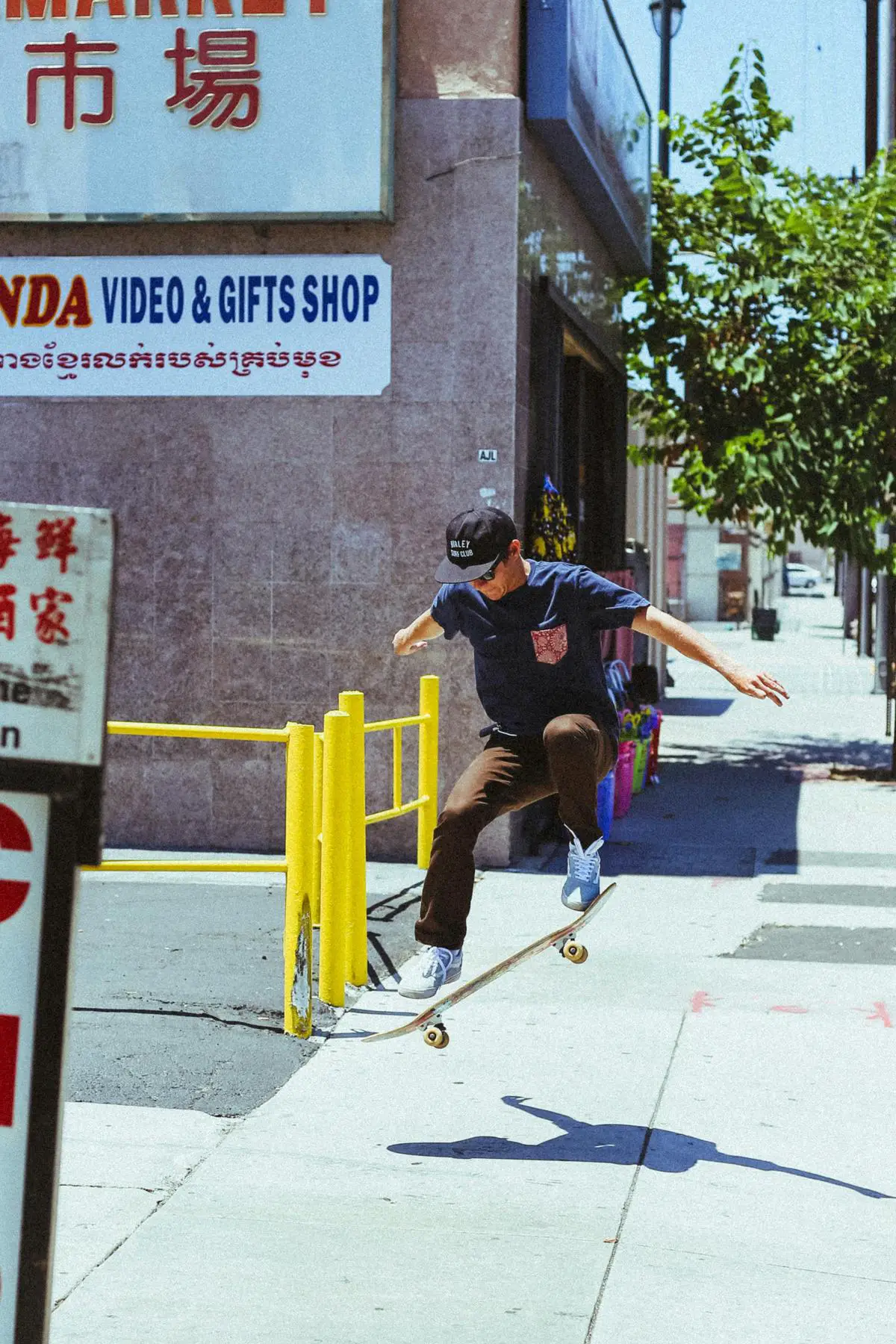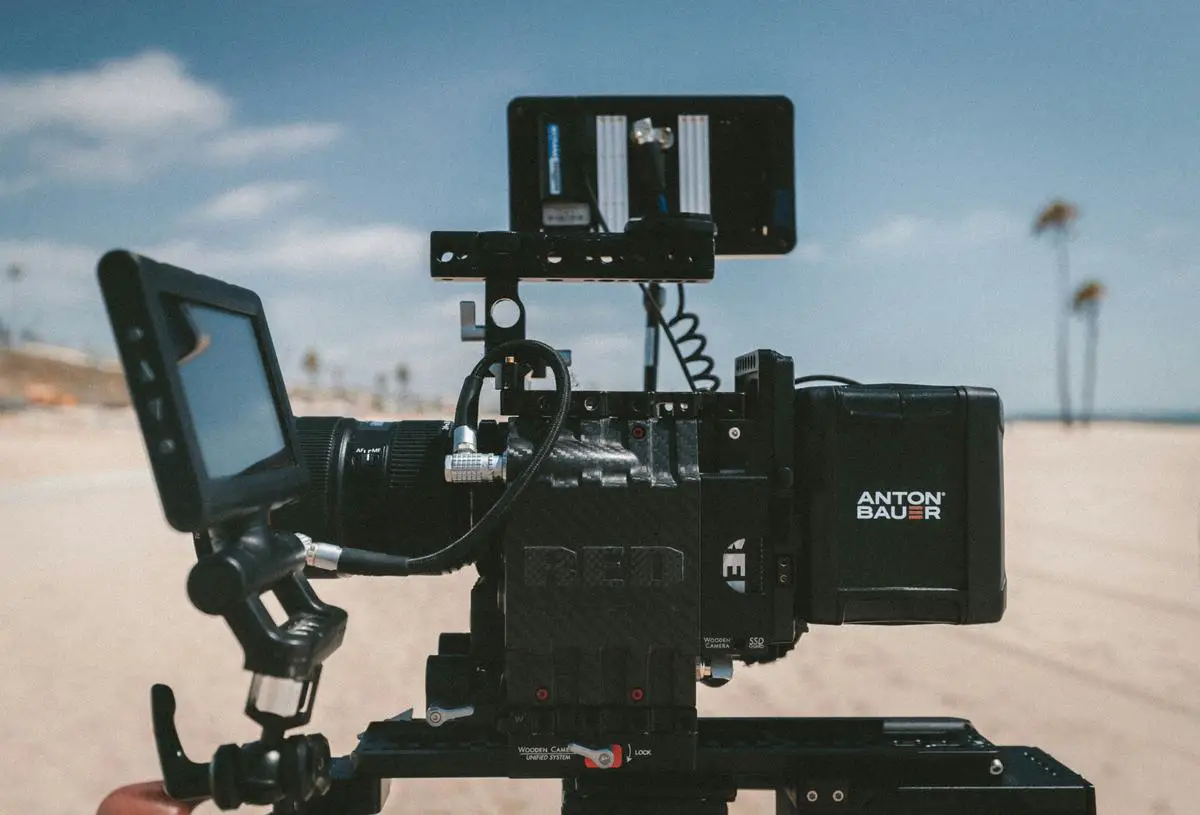Embarking on an adventure into the wild yonder, electric skateboarding presents an electrifying fusion of technology and thrill. But when the beaten path calls for an off-road journey, not just any board will suffice. The quest for the ultimate off-road electric skateboarding experience demands a beast of a board, one that’s meticulously crafted to conquer rugged landscapes with ease. Armed with the knowledge of motor power, enduring battery life, robust wheel design, and the fortitude of the deck itself, enthusiasts can find their ideal match. Furthermore, the nuances of water resistance and shock absorption transform these devices from mere conveyances into steadfast companions against the elements.
Choosing the Right Electric Skateboard
Choosing the Perfect Off-road Electric Skateboard: Your Trail to Freedom
Gone are the days when skateboarding was confined to urban pavements and skate parks. With the advent of off-road electric skateboards, adventure seekers can now hit rough trails, grapple with gravel, and surf through the dirt with the same exhilaration you’d find in concrete jungles. But, before shredding your local backcountry, let’s dive into what you’ll need to consider to ensure your off-road escapades are as epic as envisioned.
Wheel Wonders: It’s All About Traction and Stability
Kick things off by checking the wheels. For off-road adventures, size matters—big time. Look for boards sporting larger, pneumatic tires. These chunky wheels provide two critical benefits: they gulp down bumps and rocks like they’re nothing, and they grip loose surfaces to keep you stable. Don’t skimp on the tread either. A deep, substantial tread pattern will help you maintain control when navigating soft dirt or muddy paths.
Motor Power: Conquer Hills, Not Just Trails
To take on the unpredictable nature of off-road terrains, sufficient motor power is a must. Picture this: you’re facing a steep incline, and your board just sputters out halfway up. Not fun, right? Aim for an electric skateboard with a minimum of 1000 watts per motor. The more watts, the mightier the climb. Dual motors? Even better. They’ll give you the balance and push you need to own those hills.
Battery Life: The Long Haul
The adventure doesn’t stop until the battery says so. Imagine a mid-trail board death—it’s like a horror movie for skaters. Spare yourself the nightmare by picking a board with a beefy battery. You want a skateboard that can keep up with your thirst for exploration, so look for a minimum of a 10-mile range per charge, though more is always better in this case.
Deck Durability: Firm Footing Required
The deck of your off-road electric skateboard takes a beating with every outing. You want one that’s resilient and, ideally, composed of materials like bamboo mixed with fiberglass or carbon fiber, striking that perfect synergy between flexibility and durability. A wider and longer deck can also be a boon for stability when traversing rough or uneven trails.
Weight and Portability
Even the most hardcore off-road electric skateboarders must face the truth—sometimes you gotta carry the board. Weight can be a deal-breaker, especially if you encounter impassable terrain or need to transport your board over long distances. Strike a balance between sturdiness and portability; it should be light enough to carry but heavy enough to withstand the rigors of off-roading.
Suspension System: Ride Comfort
Yes, you’re off-road, but that doesn’t mean you should settle for a bumpy ride. A good suspension system can turn a rattling journey into a smooth sail. Suspension systems absorb shocks and provide better ride quality, making them a worthwhile investment for any serious trailblazer. Look for adjustable suspensions to tailor the board’s performance to match the trail’s challenges.
Ground Clearance: Keep the Underside Safe
Last but certainly not least, consider the ground clearance. The higher off the ground your board is, the less likely you’ll scrape its underbelly on rocks, roots, and ruts. This not only protects the internals of your electric skateboard but also keeps your ride smooth and uninterrupted.
Selecting an off-road electric skateboard is all about merging power, durability, and ride quality. It’s an investment in fun and freedom, enabling you to push your boundaries and take the path less traveled. Keep these considerations in mind, and you’re on track to finding an off-road companion that will not just carry you, but propel you through your wildest adventures.

Photo by itsjaredtomasekagain on Unsplash
Safety Gear and Equipment
Gearing Up for the Trail: Essential Safety Equipment for Off-Road E-Skateboarding
Off-road e-skateboarding is an exhilarating way to explore the unbeaten path. But let’s get real – the thrills come with spills. That’s why it’s crucial to gear up with the right safety equipment. After all, coming home in one piece is part of a good day’s ride. Here’s the rundown on what safety gear is non-negotiable when you’re ready to take on the great outdoors on four wheels and a deck.
First and foremost, a robust helmet is non-negotiable. When selecting one, make sure it’s rated for high impacts. A full-face helmet is a top pick here, providing not just cranial protection but also shielding the face from any unwelcome encounters with branches, rocks, or dirt.
Next, consider your eyes. Off-road terrain tosses up all manner of debris, so a pair of shatterproof, protective goggles is a smart choice. They’ll keep the dust out and your vision clear so you can focus on the trail ahead.
Your upper body needs attention, too. A jacket with built-in armor or padding at critical points—back, elbows, and shoulders—provides a buffer during tumbles. And for those lunging falls, a quality pair of gloves will safeguard your palms and fingers. Look for gloves with reinforced stitching and padded knuckles.
Lower body armor is just as important. Padded shorts can cushion your hips and coccyx if you take a spill, while knee and shin guards are your best friends when rocks and roots loom large. Pick gear that’s flexible and moves with you; comfort and protection should go hand in hand.
Lastly, stepping into the right shoes is vital. They should provide a strong grip on the board and resist the urge to part ways when you meet a shock. Durable, slip-resistant shoes with sturdy construction will help maintain proper footing and protect against missteps.
Strapped on the right gear? You’re ready to hit the trails with confidence. Remember, the best ride is a safe ride – so gear up and go chase that horizon!

Photo by jakobowens1 on Unsplash
Techniques for Off-Road Riding
Off-road e-skateboarding is a thrilling way to explore the unbeaten path, but mastering the techniques takes more than just guts—it requires skill and know-how. Here’s how to ensure you’re at the top of your game when shredding through rugged landscapes.
Mastering Stance and Balance for Dynamic TerrainFirst on the list is getting the stance right. Your feet should be shoulder-width apart with knees slightly bent. This is key for maintaining balance on unpredictable surfaces. Work on this by practicing on varying terrains. The dynamic landscape will teach your muscles to adapt quickly and maintain equilibrium.
Navigating Obstacles and Uneven SurfacesAn off-road e-skateboard can handle a lot, but the rider must understand how to approach obstacles such as rocks, roots, and ruts. Approach them at an angle, rather than head-on, and slightly lift the front wheels just before contact. The key is to transfer your weight and let the rear wheels do most of the work in pushing over an obstacle.
Acceleration and Braking TechniquesControl is critical. Practice gradual acceleration to maintain traction without spinning your wheels. Braking, too, demands finesse—start slowing down well before you need to stop, especially on loose or slippery surfaces. Jump off and walk your board down if a descent seems too steep.
Turning and Carving on Varied TerrainUnderstand that different terrains will affect how your board turns and carves. Looser soil might require more lean, while compacted trails may allow for tighter, more precise maneuvering. Use your body weight to aid in steering, leaning into turns, and carving with intent.
Mental Mapping and AnticipationLearn to read the terrain ahead and prepare for challenges. Keeping your eyes up and looking a few feet ahead allows you to anticipate and react to what’s coming. This ‘mental mapping’ is a skill that improves with experience, so keep at it.
Riding in Different Weather ConditionsExperience riding your e-skateboard in various weather conditions to understand how this can impact performance. Wet conditions require cautious riding, and mud can test your balance and board control. No two rides will ever be the same, and adaptability is a must.
Maintenance Skills for Peak PerformanceAnd finally, becoming one with your board isn’t just about riding. Routine maintenance ensures your equipment is always ready for the rigors of off-road. Learn to clean and check your board after outings, making sure no debris compromises its components.
Commit these techniques to practice, and the finesse required for advanced off-road e-skateboarding will become second nature. Safe trails and happy shredding!

Mastering the art of off-road electric skateboarding requires more than skillful maneuvers; it is an immersive journey that engages both the mind and the body. As riders carve their way through challenging terrains, leaving a trail of dust in their wake, the knowledge gleaned becomes an inseparable part of the adventure. With the right equipment and techniques securely in one’s arsenal, every journey becomes a testament to the rider’s dedication to this exhilarating sport. Thus, anyone who embarks on this path not only grows as a rider but also becomes part of a community that cherishes the sheer joy of riding without bounds.

